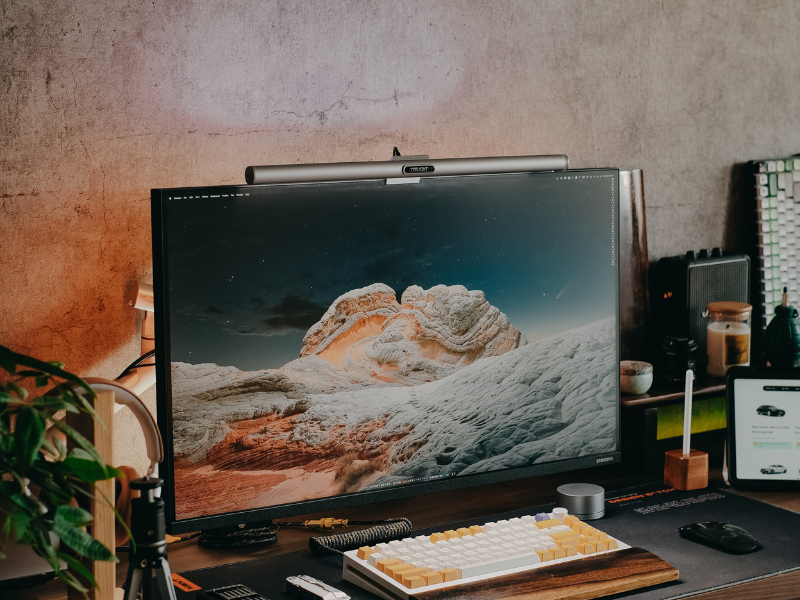Artificial intelligence (AI) has revolutionized various industries, including art. For example, with the help of AI tools and algorithms, it is now possible to create works of art that were previously impossible to produce.
One of the most popular applications of AI in the art world is the AI art generator.
An AI art generator from text is a software application that uses artificial intelligence algorithms to create art. It works by using initial images or entering a text prompt to create AI-generated art.
These generators have gained immense popularity recently, with many people using them to create stunning works of art.
Whether you are a professional artist or simply curious about AI-generated art, this article will provide valuable insights into this exciting field.
Ready to explore deeper into AI capabilities? Check out our article AI Products: The Best Future is Now (2023)!
Table of Contents
What is the Most Realistic Art AI generator?
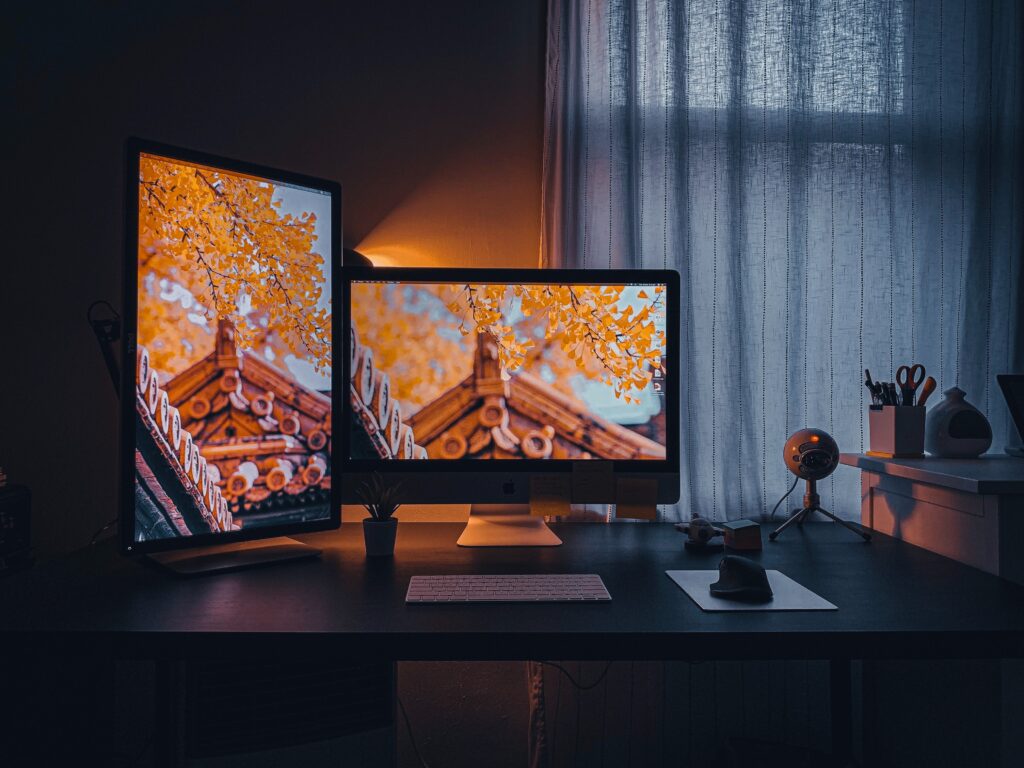
Regarding realistic AI art generators, there are a few notable contenders.
One of the most popular is the DALL-E mini, an AI art generator developed by OpenAI.
DALL-E mini uses language and computer vision algorithms to create unique and realistic images from text prompts.
Another popular AI art generator known for its realistic output is the Artbreeder Pro.
It offers various customization options and has been used to create stunningly realistic portraits and landscapes.
NVIDIA’s GauGAN AI art generator is known for its realistic landscape images.
Other notable realistic AI art generators include Runway ML, Deep Dream Generator, and AI Painter.
While each AI art generator has strengths and limitations, they all offer impressive and realistic output.
What Is The Best AI Image Generator?

One of the most popular applications of AI image generators is in the field of photography. AI image generators can enhance photos’ quality by removing noise, correcting colors, or improving resolution.
They can also be used to create unique and creative effects that would be difficult or impossible to achieve manually.
When it comes to the best AI image generator, there are many great options. One of the most popular is Adobe Photoshop, which offers a wide range of AI-powered photo editing and manipulation tools.
Its popular AI-powered features include sky replacement, object removal, and subject selection.
Another popular AI image generator is Corel PaintShop Pro, which offers a range of AI-powered photo editing and enhancement tools.
It features AI-powered tools for automatic face and body sculpting, sky replacement, and photo restoration.
Here is a quick table of other AI image generators that shows the best features of each ai image generator.
| AI Image Generator | Benefits |
|---|---|
| Deep Dream Generator | Offers a wide range of AI-powered filters for transforming images into unique and surreal works of art |
| Artbreeder | Allows users to create and breed images using AI, offering a wide range of customization options |
| NeuralStyler | Uses deep learning algorithms to create unique and creative styles for images |
| GANBreeder | Uses generative adversarial networks (GANs) to create unique and interesting images |
| StyleGAN | Generates high-resolution, photorealistic images using GANs |
| DALL-E Mini | Creates unique and creative images based on text prompts |
| DeepArt.io | Offers a wide range of painting styles for transforming images into unique works of art |
Each of these AI image generators has its strengths and weaknesses. Still, they all offer impressive and innovative features for enhancing and manipulating images.
Is There A Free Art AI generator?
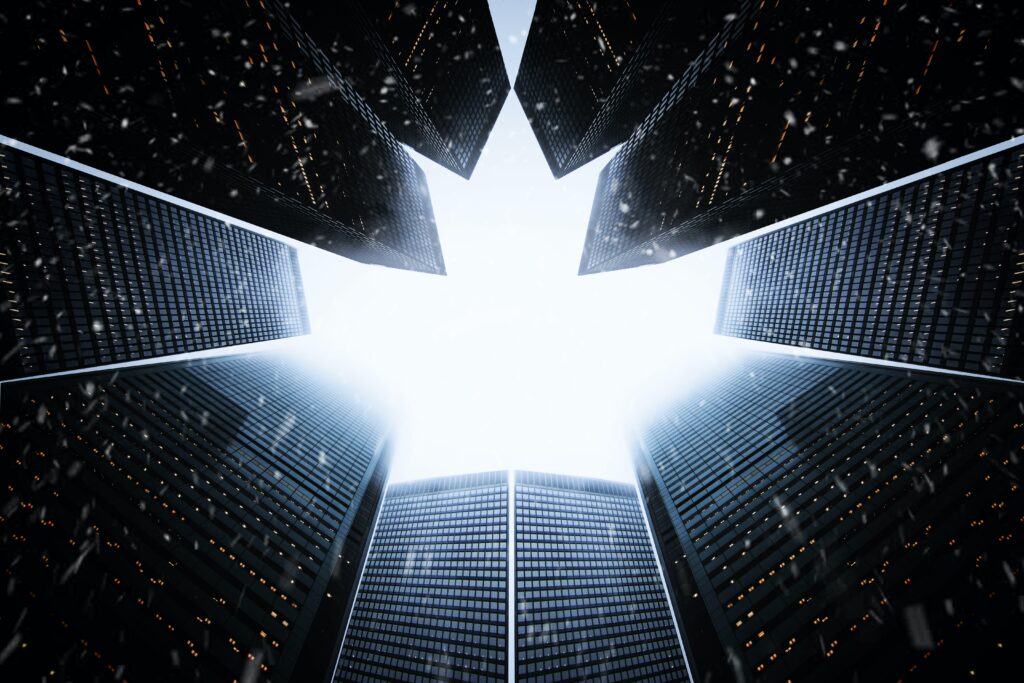
While many AI art generators are available in the market, not all are free. However, there are a few free AI art generators that you can use to create AI-generated art.
One of the limitations of free AI art generators is that they may have a different level of sophistication than paid AI art generators. This can result in lower quality or less realistic output.
Another limitation is that free AI art generators may have fewer features or options than paid versions.
Despite these limitations, there are still many popular free AI art generators that you can use to create impressive AI-generated art.
Some popular free AI art generators include Deep Dream Generator, Artbreeder, and AI Painter.
Deep Dream Generator is a free online image generator that uses artificial neural networks to create unique and surreal images.
Artbreeder is a free online tool that allows you to create and breed images using artificial intelligence.
AI Painter is a free online tool enabling you to turn photos into oil paintings using AI technology.
While these free AI art generators may not have all the features and options of paid versions, they are still great tools for creating unique and exciting AI-generated art.
Is A Art AI Generator Legal?
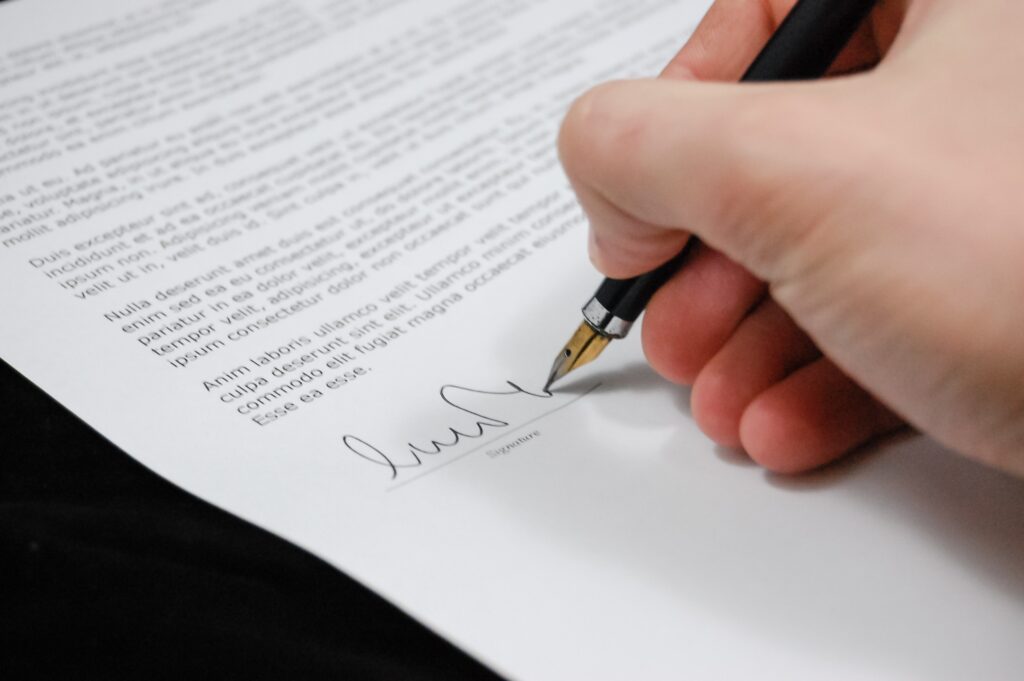
The use of AI art generators raises several legal issues, particularly concerning copyright and ownership.
Since AI-generated art is created using pre-existing data, there are questions about who owns the resulting works of art.
Under current copyright laws, the original creator of a work of art is the copyright owner.
However, in the case of AI-generated art, it may be challenging to determine who the original creator is.
For example, suppose an AI art generator is used to create a work of art using a combination of pre-existing images and algorithms. In that case, who holds the copyright may need to be clarified.
Another issue is the potential for copyright infringement when using AI art generators.
Some AI art generators may use copyrighted material without permission, which can result in legal action against the creator of the AI-generated art.
Despite these legal implications, many artists and creators are using AI art generators to create new and innovative works of art.
However, to avoid legal issues, it is essential to use AI art generators that do not infringe on copyright laws or to obtain permission from the copyright owner before using their material.
Overall, the legality of AI art generators is still a relatively new and developing area, and creators need to be aware of the legal implications of using these tools.
How Do I Turn An Image Into AI Art?
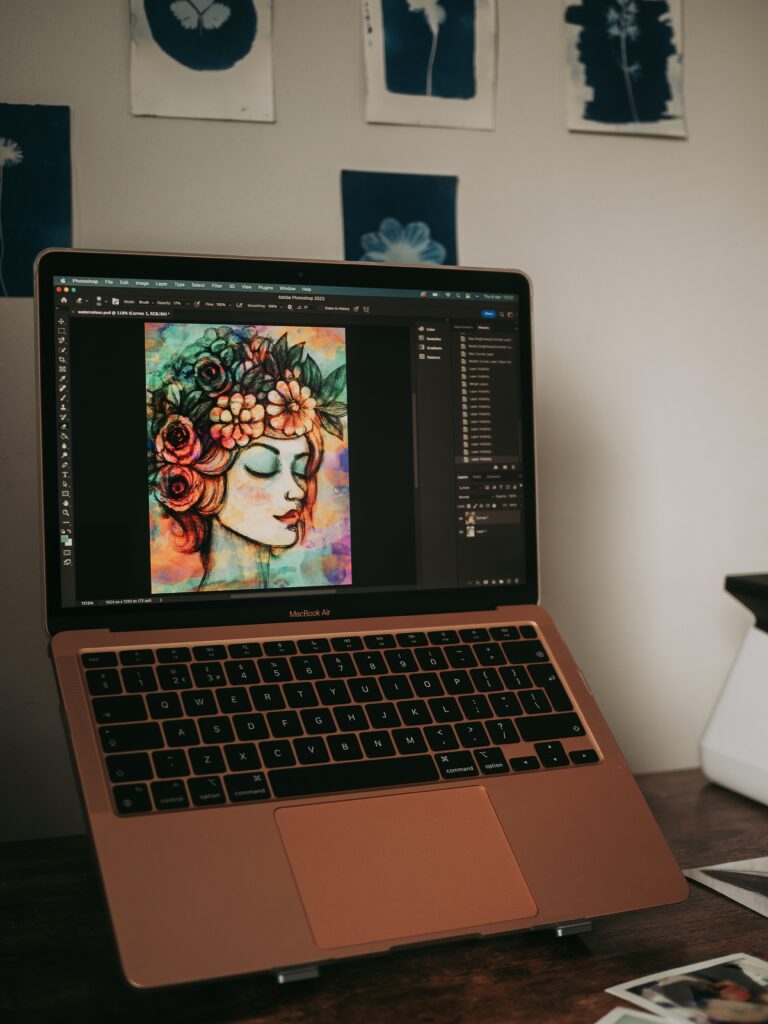
Using an AI art generator to turn an image into AI art is relatively simple.
Here is a step-by-step guide on how to use an AI art generator to create AI-generated art:
- Choose an AI art generator: Many AI art generators are available online, so choose one that suits your needs and preferences. Some popular AI art generators include Deep Dream Generator, Artbreeder, and Prisma.
- Upload an image: Once you have chosen an AI art generator, upload the image you want to turn into AI art. The AI art generator will then analyze the image and generate a new, AI-generated version.
- Customize the output: Many AI art generators allow you to customize the work by adjusting various settings, such as color balance, saturation, and contrast. Experiment with these settings to achieve the desired effect.
- Save or download the AI-generated art: Once you are satisfied with the output, you can save or download the AI-generated art to your computer or device.
While using an AI art generator to turn an image into AI art is relatively straightforward, it is essential to remember that not all AI art generators are created equal.
Some may produce lower quality or less realistic output, while others may be more sophisticated and produce stunningly realistic results.
Additionally, it is essential to know the legal and ethical implications of using AI art generators, particularly about copyright and ownership.
What Is The Controversy With AI And Art Generators?
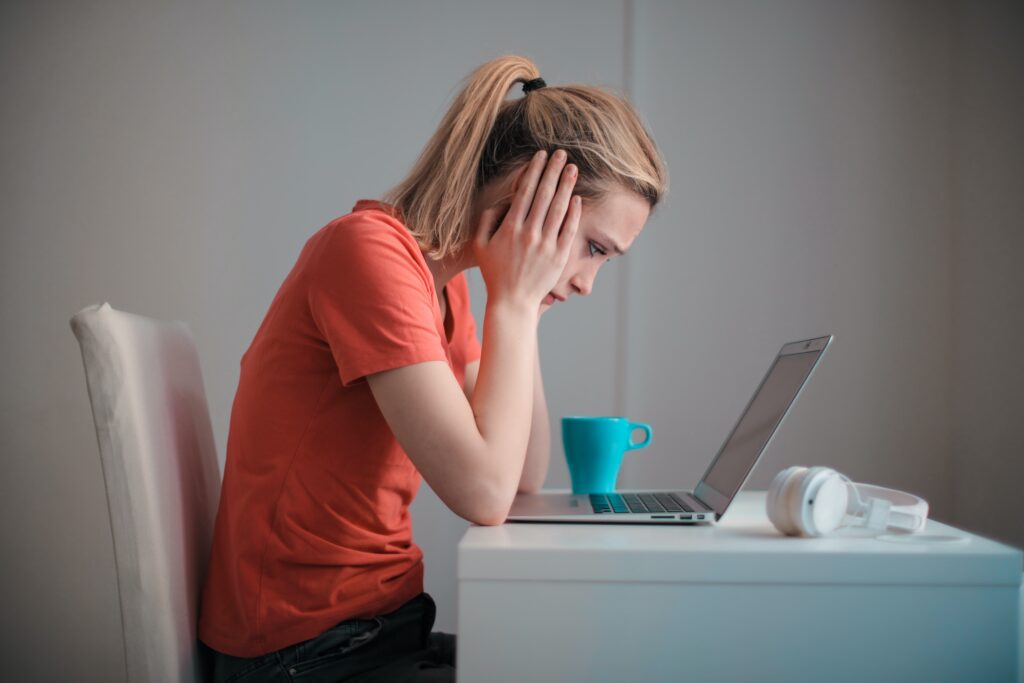
While AI art generators have gained popularity in recent years, they have raised several ethical and artistic controversies.
One of the main controversies is the authorship and ownership of AI-generated art. Since AI-generated art is created using pre-existing data, there are questions about who owns the resulting works of art.
Another controversy is the potential for AI-generated art to devalue traditional art forms.
Some argue that AI-generated art needs more emotional depth and personal touch of traditional art forms and may result in a decline in appreciation for classic art.
Additionally, there are concerns about the impact of AI-generated art on the art world and the art market.
Some worry that AI-generated art could result in a flood of low-quality or mass-produced art, leading to a devaluation of the art market.
Despite these controversies, many artists and creators continue to use AI art generators to create new and innovative works of art.
While there are limitations and implications to using AI-generated art, it is ultimately up to individual creators to determine the value and impact of these tools on the art world.
Can You Sell AI-Generated Art?

Whether or not you can sell AI-generated art is complex, with legal and ethical implications.
While it is technically possible to sell AI-generated art, it has several challenges and limitations.
One of the main challenges is the question of ownership and authorship.
Since AI-generated art is created using pre-existing data, there are questions about who owns the resulting works of art.
Additionally, there are questions about the level of creative input and control the artist has over the final product.
There are also limitations regarding the value and marketability of AI-generated art.
While some AI-generated art has sold for high prices at auctions, there are concerns that the market for AI-generated art may need to be expanded or more saturated.
Ultimately, the decision to sell AI-generated art is up to individual artists and creators, who must navigate the legal and ethical implications.
Conclusion
In conclusion, AI art generators and tools have become increasingly popular in recent years, offering innovative and exciting ways to create art using artificial intelligence.
From turning drawings into paintings to creating 3D models from sketches, AI tools provide new and exciting ways to explore the creative potential of technology.
While there are limitations and challenges to using AI tools for creating art, there is no doubt that they offer new and exciting opportunities for artists and creators.
As AI technology continues to evolve and improve, we will likely see even more innovative and exciting applications for AI-generated art in the future.

